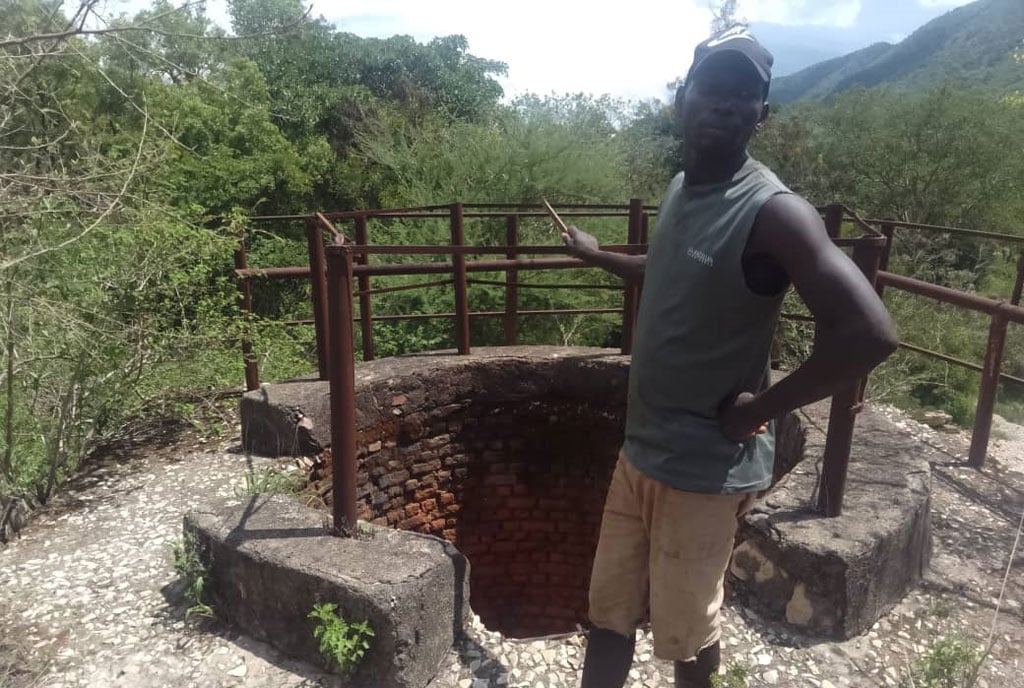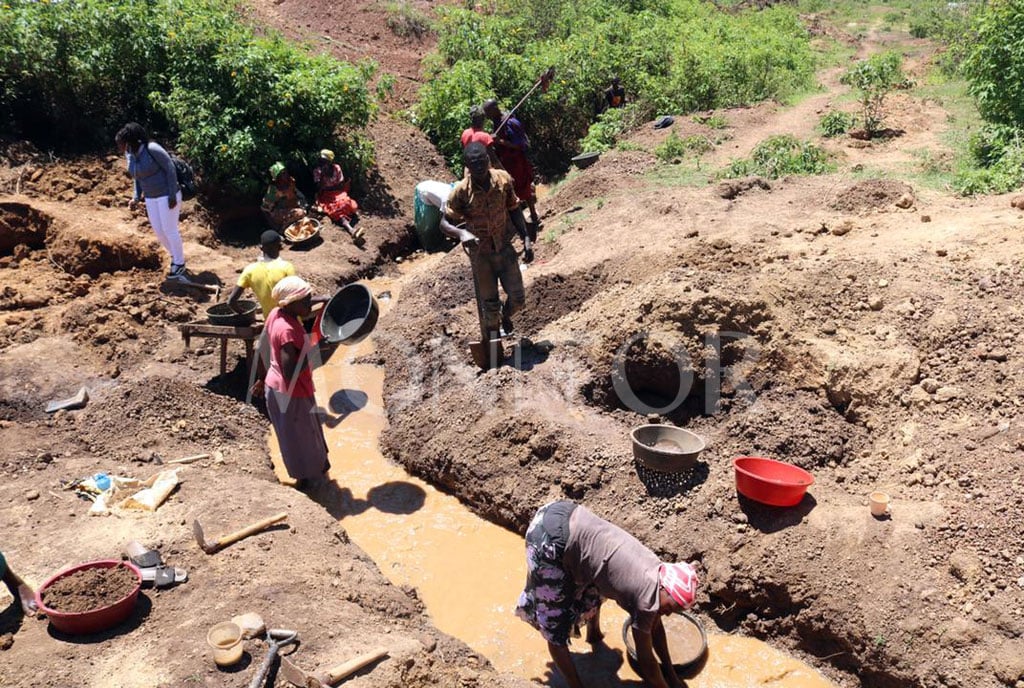Residents decry poverty as Moyo limestone mine lies idle

A limestone miner with some of the lime in his store in Moyo District. PHOTO/SCOVIN ICETA
What you need to know:
- Locals want the government to revamp the site and factory.
The once vibrant Arapi limestone mining site lies idle in the remote areas of Metu Sub-county in Moyo District. The road to and from the site is bushy, narrow, and rocky.
A minor factory that was set up for mining and processing lime at the site has also been abandoned.
Residents and area leaders said they are losing huge revenue from the lime deposits because the site was abandoned several years ago.
At the height of mining activities at the site in the early 1990s, more than 500 youths were employed to mine, process, and transport the mineral to the market that was abundant in DR Congo and Sudan, by then.
A survey carried out in the 1970s showed that there were large deposits of lime and cement by the Department of Mines, Surveys, and Geology.
Consequently, the then State Minister for Northern Uganda Reconstruction Programme, Mr Agard Didi, was awarded a concession to his company, Family Choice Uganda Limited, to mine and process cement.
Didi, also then Moyo West MP, then set up a Shs200 million factory at the Metu deposit site where he produced about 500 tonnes a week. Metu deposits is the third largest in the country after Tororo and Hima.
By August 2002, Family Choice Uganda produced 3,000 bags of lime, which were sold in South Sudan and DR Congo due to high demand. Didi died in December 2009.
Locals said following Didi’s death, the factory and mining site have become idle. They now blame the government for not taking an interest in the mineral.
“We have a lot of natural resources in place that can propel us to another level of development. It is unfortunate that the government does not care to promote socio-economic activities and projects that are geared towards the development of West Nile sub-region,” Ms Lilian Mashia, one of the locals, said on Saturday.
Adding: “It will not only benefit the people of the West Nile region but the entire Uganda. This would be an opportunity for the government to make money and reduce its dependency on donors.”
Mr Emmanuel Avuku, a resident of Arapi Village, said farmers have been using limestone to feed chickens.
He said some poultry farmers are engaging the residents in the area to gather the limestone, which is mixed with maize for chickens to lay eggs consistently. A bag weighing 25 kilograms of lime sand costs Shs25,000.
“We need this site taken seriously because it will create more employment opportunities, generate revenue and income for the government and workers. We view it as gold, but unfortunately, a few people benefit from it.”
Mr John Achiga, an infrastructural expert in Moyo, said there is a need to revamp the factory and the mining site due to the numerous uses for limestone and lime.
Mr Sam Asusi, the councillor for Metu Sub-county, said: “We expected a big investor to come to Arapi Village, an area where the mineral is idle. Once an investor comes and takes up the factory from where our former MP late Didi left, we will have development in this area.”
The Moyo District Chairperson, Mr Williams Anyama, told Monitor: “We are aware there are a lot of mineral deposits, which is why we have worked on the road leading to the site to create accessibility for vehicles that may engage in mineral exploitation and other machinery.”
The leaders have considered Gbari Health Centre II to be upgraded to health centre III and Kweyo Health Centre in anticipation of a revamp at the mining site.
“We know where there is mineral development there should also be improvement in health facilities because workers and residents will need emergency services and treatment,” he said.
Efforts to speak to the Communications Officer in the Ministry of Energy and Mineral Development, Mr Solomon Muyita failed as he could not answer the repeated calls and did not reply to the messages.
About limestone
Limestone is a sedimentary rock, which is composed of mainly calcium carbonate. It is used extensively in road and building construction, and is a material found in aggregate, cement, building stones, chalk, and crushed stone.
Limestone can also be used to make other products such as toothpaste and animal feed.




